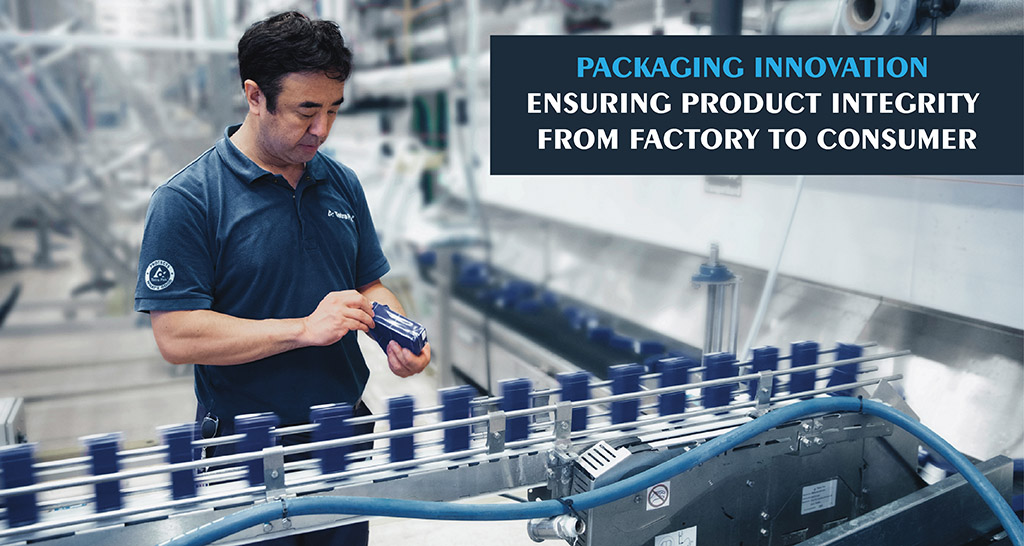In the beginning, the primary purpose of packaging was to protect products from contamination and damage. However, with time, this purpose has significantly improved, with packaging now doing more than protection. Businesses use this tool to create brand identity, communicate about their products, and achieve sustainability.
Products go through various processes before they reach the consumer; therefore, it is paramount to protect their integrity. Any damage can lead to losses and ruined reputation. So, the packaging does more than protect products. It is the unsung hero that also attracts customers. Consumers are more aware of a brand because of its packaging. They are also more likely to choose a brand if the packaging is attractive.
So, the packaging is for convenience, sustainability, and enhancing appeal. This article will elaborate more on the benefits of packaging in preserving product integrity.
Enhancing Visibility
Packaging provides a visual appeal of the products to the consumers. The popping colors, creative designs, and graphics tell more about the uniqueness of the product. They are the selling point manufacturers use to capture consumers’ attention. Furthermore, some packaging has a window allowing consumers to see the content. This increased visibility helps them make better buying decisions, especially for electronics and fresh produce.
Branding
Packaging is one of the most effective ways of branding. It is a powerful tool that pushes marketing efforts. Today, brands can enhance their identity and create awareness through packaging. It has helped in personalization to help a brand create an identity that connects with the consumers. Moreover, brands can customize their packages to reflect them and uniquely meet consumer needs.
Protecting Products
The primary purpose of packaging from the beginning was to protect products during storage, transit, and on the shelves before reaching consumers. Proper sealing helps prevent spoilage and contamination, and adhesives play a big role in packaging. In fact, adhesives such as hot melts make for good seals on packages and containers, which ensures that a product reaches the customer when intact.
So, packaging creates a shield to protect products from factors that might compromise their safety and quality, hence the need to think about adhesives such as Henkel, which assist in ensuring the products are packaged and sealed in airtight, temperature-controlled packaging and UV-resistant seals. Having quality adhesives will help maintain the original state of the products when they leave the factory until they get into the hands of the consumers.
Eco-Friendliness
Recently, concerns have been about environmental pollution and how vital resources are depleting. It has pushed the need for manufacturers and consumers to develop sustainable ways to save the planet by reducing their carbon footprint. So, packaging today has shifted to biodegradable materials and recyclables for sustainability. Think of minimalist designs as another solution for addressing environmental degradation and other sustainability issues.
Extending Shelf Life
Packaging has also come to preserve products and extend their shelf life. For example, barrier films and vacuum-sealed packages help preserve food flavor and keep it fresh. It has helped reduce waste and increase customer satisfaction. Food items that are vulnerable to bacterial growth and spoilage are well protected by such kinds of packaging. So sealed packaging will prevent contamination through exterior factors like moisture, dirt, microorganisms and dust ensuring safety and integrity of food items for consumption.
Manufacturers are continuously innovating better ways to package their products. They intend to reach more people and make things easier for their consumers. That is where smart packaging comes in. Features like QR codes have product information that consumers can scan and read. They also have temperature sensors for perishable products. These smart features enhance product protection and improve user experience, making the products more desirable.
Optimizing Supply Chain
Innovative packaging does not only aim at the consumers. It also serves in the supply chain. The designs reduce the amount of packaging materials required, saving costs and reducing environmental impact. Furthermore, the design offers better product handling, stacking, and storage, streamlining processes and handling.
Functionality
Packaging has also improved in design for functionality purposes. Today, packages are designed ergonomically to make it more convenient for consumers. Opening, closing, and storing products without spilling or exposing them to contamination is now more effortless.
Key Takeaways
Packaging is constantly changing as consumer preferences and tastes continue to change. It is also developing with technological advances and a shift to saving the environment. Innovative packaging is helping more than protecting products before they reach the consumers. It also works towards creating and enhancing brand identity and achieving environmental sustainability. As technology keeps improving and consumer needs change, innovative packaging remains an integral element that benefits manufacturers and consumers.

